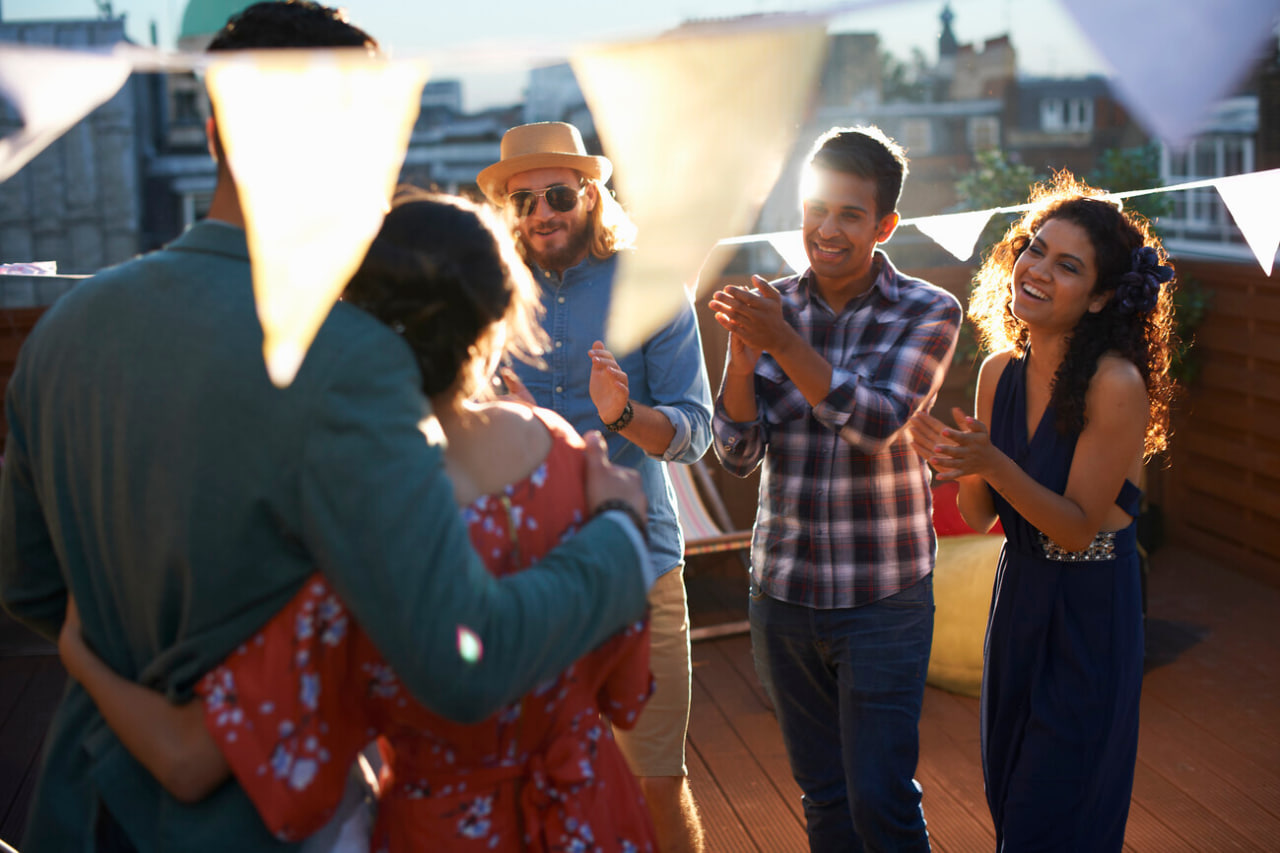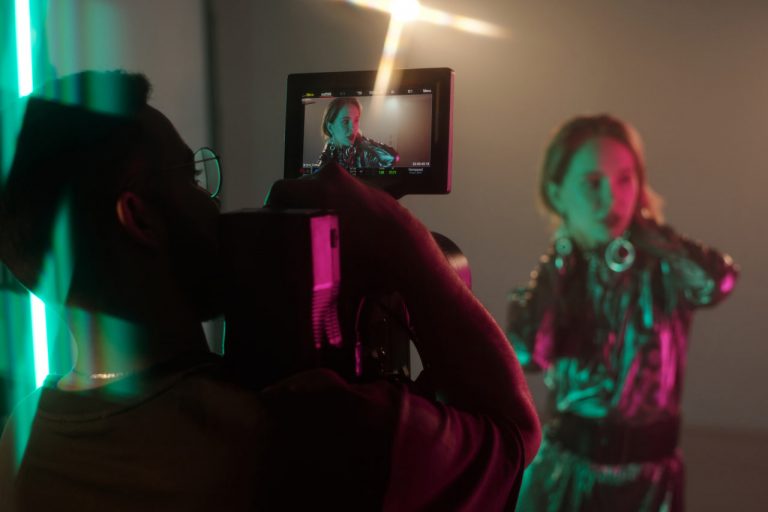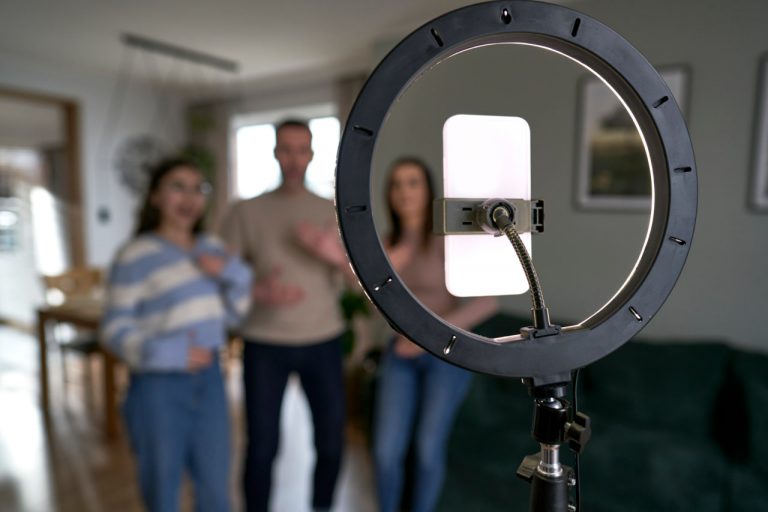Essential Lighting Gear Every Videographer Should Own
Why Lighting Gear Matters in Videography Lighting is one of the most crucial elements in…
Why Lighting Gear Matters in Videography
Lighting is one of the most crucial elements in videography. The quality and control of light can make or break a video, affecting everything from mood and tone to the clarity of your subject. While natural light can be beautiful, having reliable lighting gear gives videographers the power to create consistent, professional results regardless of the environment. Investing in the right tools not only improves your technical capabilities but also expands your creative possibilities.
Key Lighting Equipment for Every Videographer
1. LED Light Panels
LED panels have become the industry standard due to their versatility, portability, and energy efficiency. They provide continuous light that can be easily adjusted in brightness and color temperature, allowing you to match different lighting conditions. Many LED panels come with built-in diffusers and adjustable mounts, making them ideal for interviews, product shots, and small studio setups. Their low heat output also means safer, longer shooting sessions.
2. Softboxes and Diffusers
Harsh, direct light can create unwanted shadows and highlights. Softboxes and diffusers are essential tools that soften and spread the light evenly across the subject. Softboxes attach to your light sources and create a larger light surface, which reduces sharp shadows and produces a flattering look, especially for close-ups and portraits. Diffusers, on the other hand, are flexible materials you can place between your light and the subject to achieve a similar effect, making your lighting softer and more natural.
3. Reflectors
Reflectors are simple but powerful accessories that bounce existing light back onto the subject, filling in shadows without the need for additional power sources. They come in various sizes and colors — white for soft fill, silver for bright reflections, and gold for warm tones. Reflectors are portable, easy to use, and essential for outdoor shoots or locations where setting up multiple lights isn’t feasible.
4. Light Stands and Mounts
Having sturdy and adjustable light stands is crucial for positioning your lighting equipment precisely where you need it. Look for stands that are lightweight for easy transport but stable enough to hold your lights securely. Additionally, having the right mounts and brackets can help attach modifiers like softboxes, barn doors, and grids to control and shape the light effectively.
5. Barn Doors and Grids
Barn doors are metal flaps attached to the sides of your lights that let you control the spread and direction of the beam. They help prevent light spill onto unwanted areas and focus illumination where it’s needed. Grids, also known as honeycombs, narrow the light beam further and create more dramatic, directional lighting. These modifiers are essential when you want to sculpt the scene with light and add depth and contrast to your shots.
6. Portable Battery Packs
Many videographers shoot on location without easy access to power outlets. Portable battery packs designed for lighting equipment are a must-have to keep your lights running smoothly. These batteries provide the flexibility to shoot in remote or outdoor settings without worrying about cables or power sources. They also make your setup cleaner and safer by reducing clutter.
7. Color Gels and Filters
Color gels are thin sheets of colored material that you place over your lights to change their hue or correct the color temperature. They are useful for creative effects, such as simulating sunset tones or adding mood lighting. Gels also help balance mixed light sources, ensuring your footage has consistent color. Having a set of common gels expands your creative toolkit and helps you adapt quickly on set.
Bonus Gear for Enhanced Lighting Control
Light Meters
A light meter measures the intensity of light in a scene, helping you make precise exposure decisions. While digital cameras often have built-in meters, a dedicated light meter provides more accuracy and is particularly valuable in complex lighting setups.
Wireless Lighting Control Systems
These systems allow you to adjust your lights remotely, controlling brightness and color temperature without physically touching the equipment. Wireless control saves time and prevents interruptions during filming, especially in multi-light setups or when lights are placed in hard-to-reach positions.




